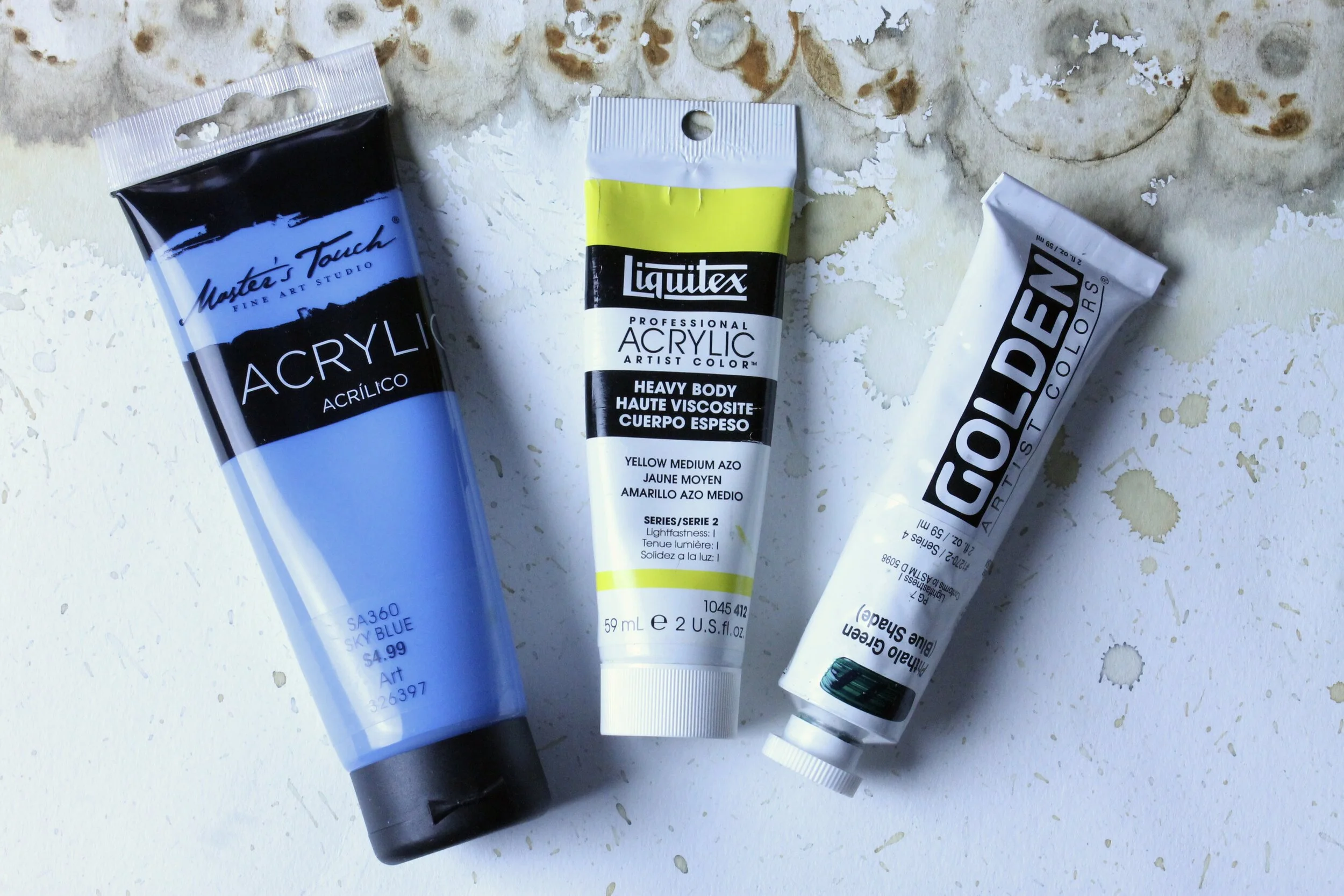I have been making Vision Boards, setting goals (both personal and professional) and crafting a Word of the Year on the first of the year for over a decade now. I usually go through a plethora of words before founding the word that fits my feeling perfectly.
This year was no different. I vacillated back and forth with several other words that were not landing quite right. I kept cycling back to ‘Prosperity’ and felt that was exactly what I wanted 2022 to be for me.
While most of us our struggling with on ongoing pandemic, many of us our trying to reclaim some semblance of life before 2019. I know I am. I have not been feeling very creative or motivated to work on my art business. I took a break during 2019-2020. The rest was necessary but I started getting antsy. I wanted to get back to the studio and back to teaching.
Prosperity to means more than money. Prosperity to me comes in the form of creating unique, one-of-a-kind wall art and handmade artist books as well as developing dynamic and compelling art class for people of all ages. Prosperity means creating interesting content for this blog that brings people to living a more creative life. Prosperity means enhancing my amazing relationships with my partner, my daughter and my friends.
As the year goes on and I loose the motivation to keep creating, I always look back on my Word of the Year and revisit why I choose that word to guide my year.
How about you? Do you choose a Word of the Year? How do you stay connected and focus when you stray for your vision?




















